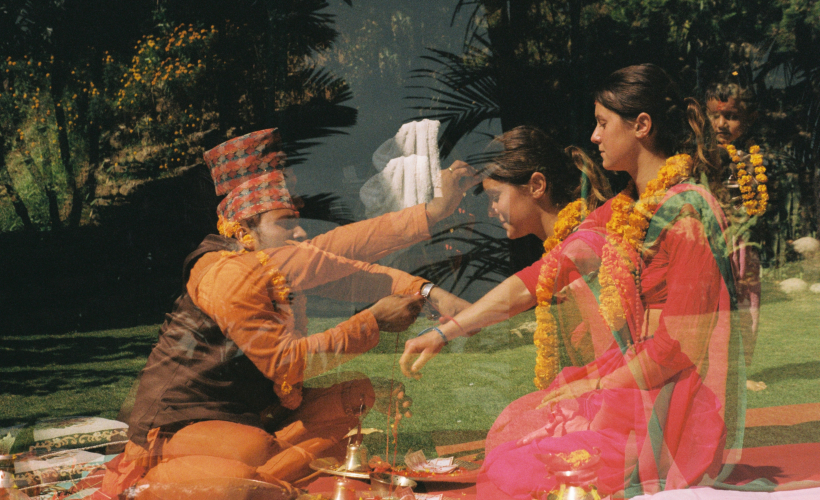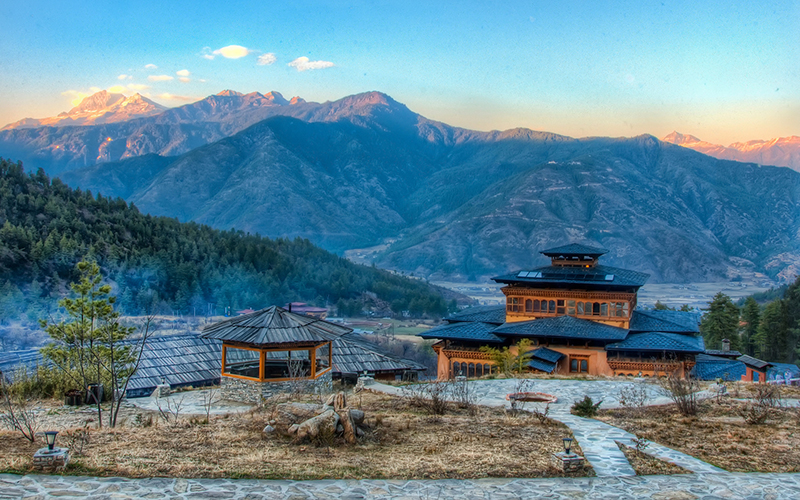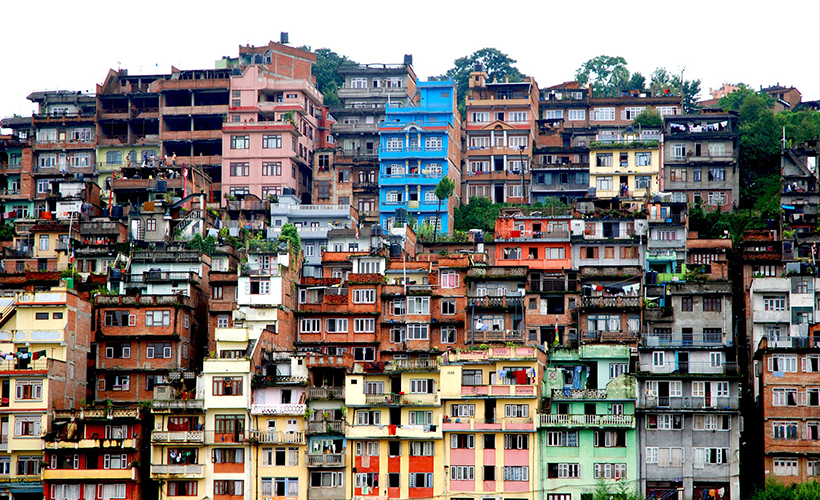
Shrouded in mystery and magic, Bhutan is one of the last great kingdoms that embrace development without compromising their traditions or way of life. I had the chance to visit last year, and here’s a glimpse behind the curtain of this Himalayan nation;

With bright blue skies, we approached Paro, zigzagging between the mountains. We caught the valley town in Bhutan on a good day though, and was told that crosswinds can sometimes make for a bumpy arrival.
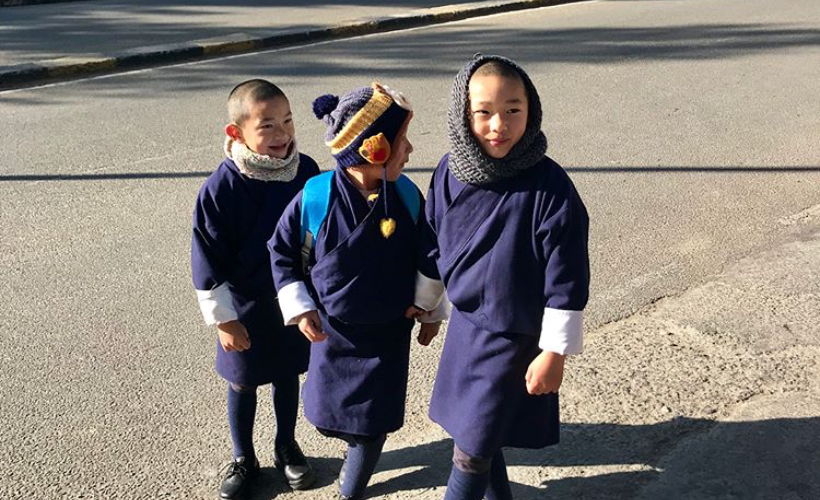
Travelling a little east of Paro, we arrived at Thimpu, Bhutan’s capital. If you like wandering about, you’ll be glad to know that the country lives up to its expectation of being the happiest country in the world as children are all smiles making their way to their school in the morning.
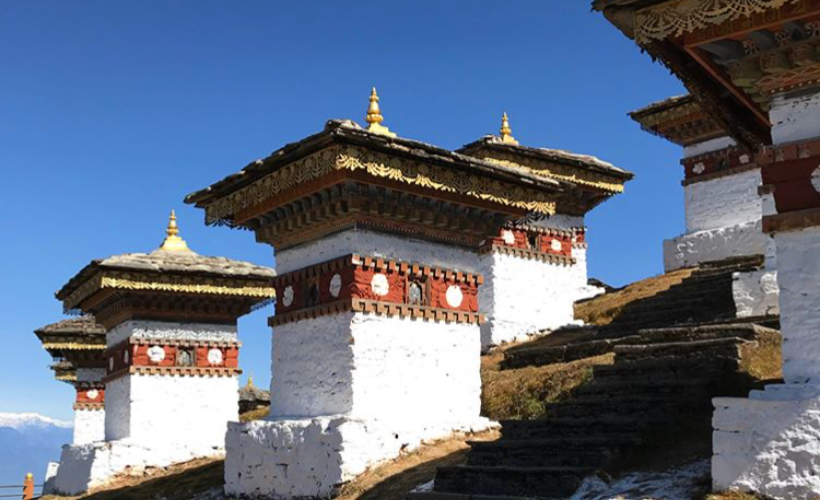
On our way to the famed Punakha, we stopped at Dochula Pass for lunch. Beyond the snow capped mountains, there are also some interesting stupas around, dating back to the 17th century. These stupas contain precious stones donated by the people, and stealing them will earn the thief a life sentence in jail.
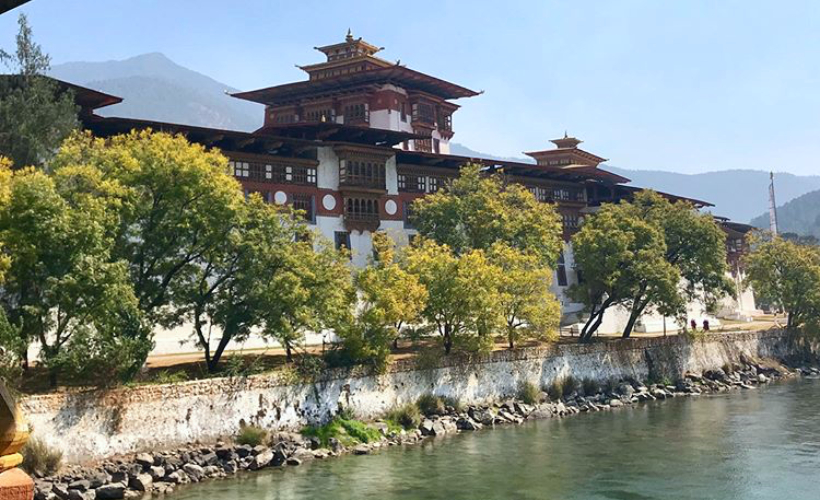
A trip to Bhutan is not complete without visiting Punakha Dzong (fortress). Built in the 17th century, it is today used for administrative and religious purposes.
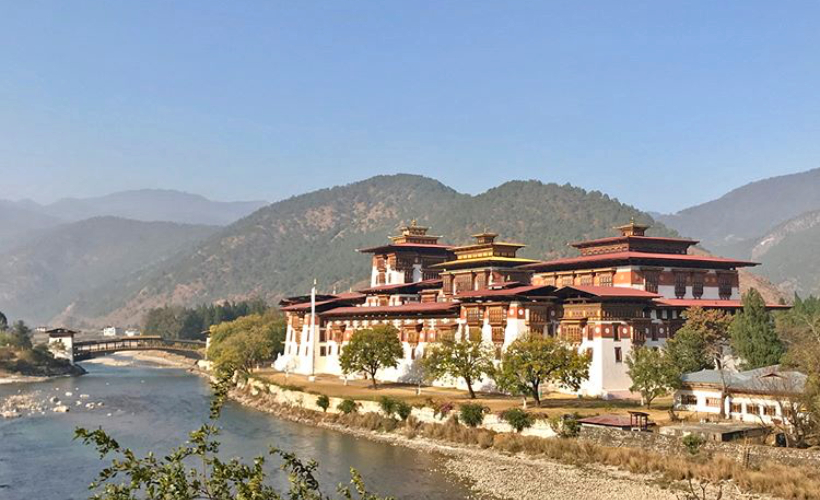
All of Bhutan’s kings have been crowned in the Punakha Dzong and the building is as beautiful as it is intricate with carvings and painted details you notice up close.
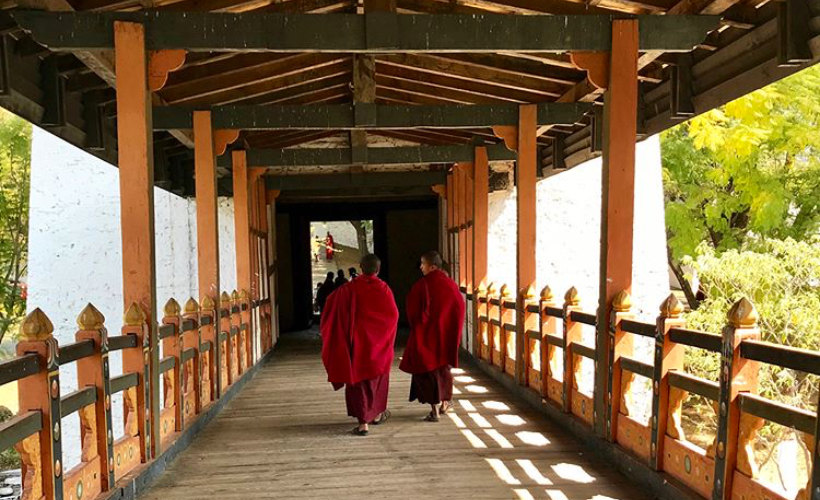
The Chief Abbot of Bhutan resides in the dzong during the winter months, but we got to see the monks enjoying the sunlight while we explored. If you’re lucky, you may even hear them chanting or playing the Tibetan horns.
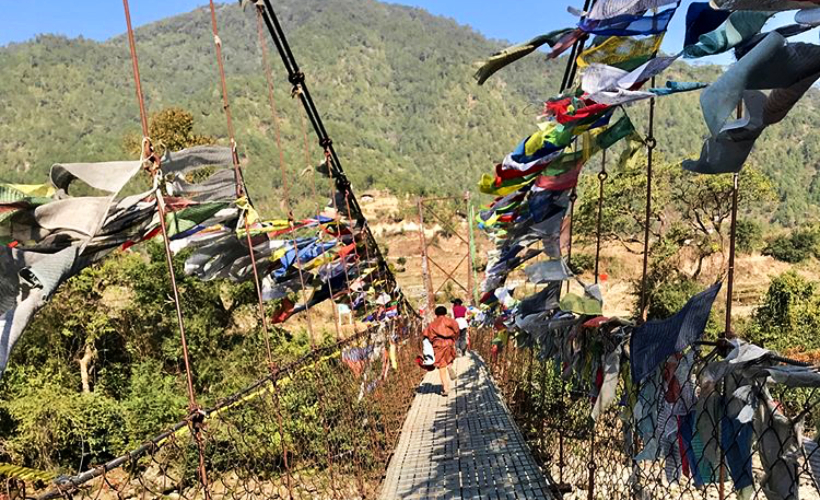
Aside from appreciating the many beautiful buildings with local design and decor (as mandated by the government), we also had the chance to hike up to the Kham Mum Yulley Nagyal Choeten.
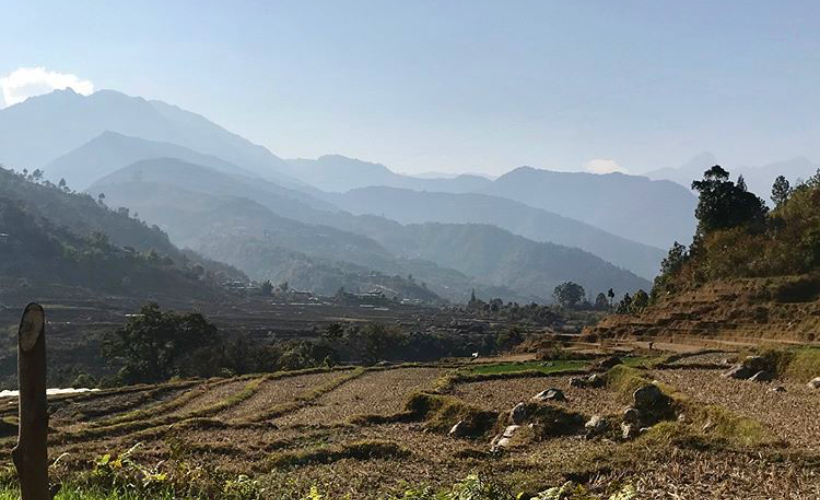
The ascent was hot and at parts steep but the temple on the hill and the spectacular views along the way (even though it was during the dry season) made the hike worth it in the end.
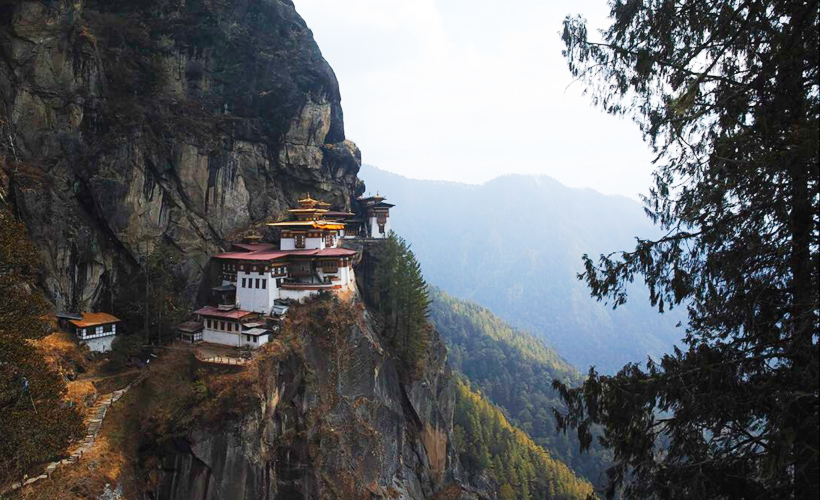
Another treacherous hike, the one up to Tiger’s Nest Monastery, also known as Paro Takstang, is not for the faint of heart. Precariously perched on a cliff, 900 meters off of the ground, it was built in 1692 and still functions as a monastery today despite tourists and visitors. It’s hard going but well worth it at the end.
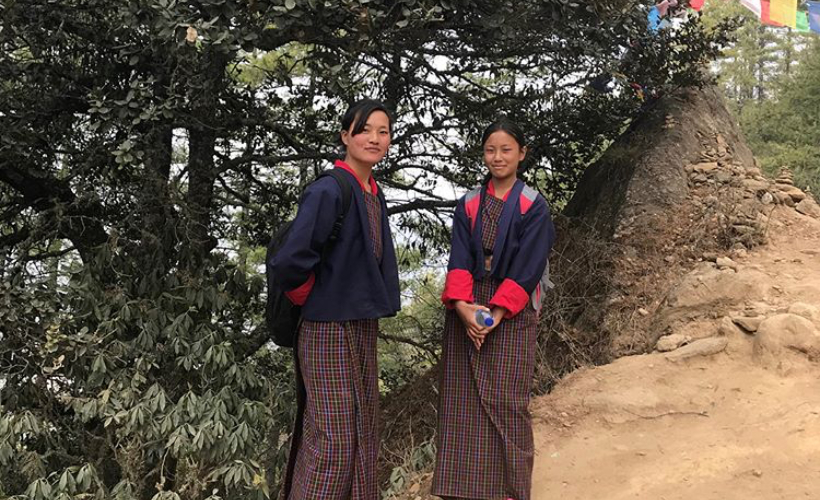
It’s worth noting though that one should take care not to litter when indulging in the hikes or trails. Though Bhutan is an eco-conscious countries and you will see school children along the way clearing rubbish, our guide told us that the waste produced have increased since the trails started providing bins.
*All photos courtesy of author
Snapshots is our photo essay section, where we ask readers to share a curation of their favourite images to tell the story of their city or a destination they have travelled to. We welcome contributions from readers; if you have a photo story to share, email editor@zafigo.com and indicate ‘Snapshots’ in the subject line. Published submissions will receive a token sum from us.

